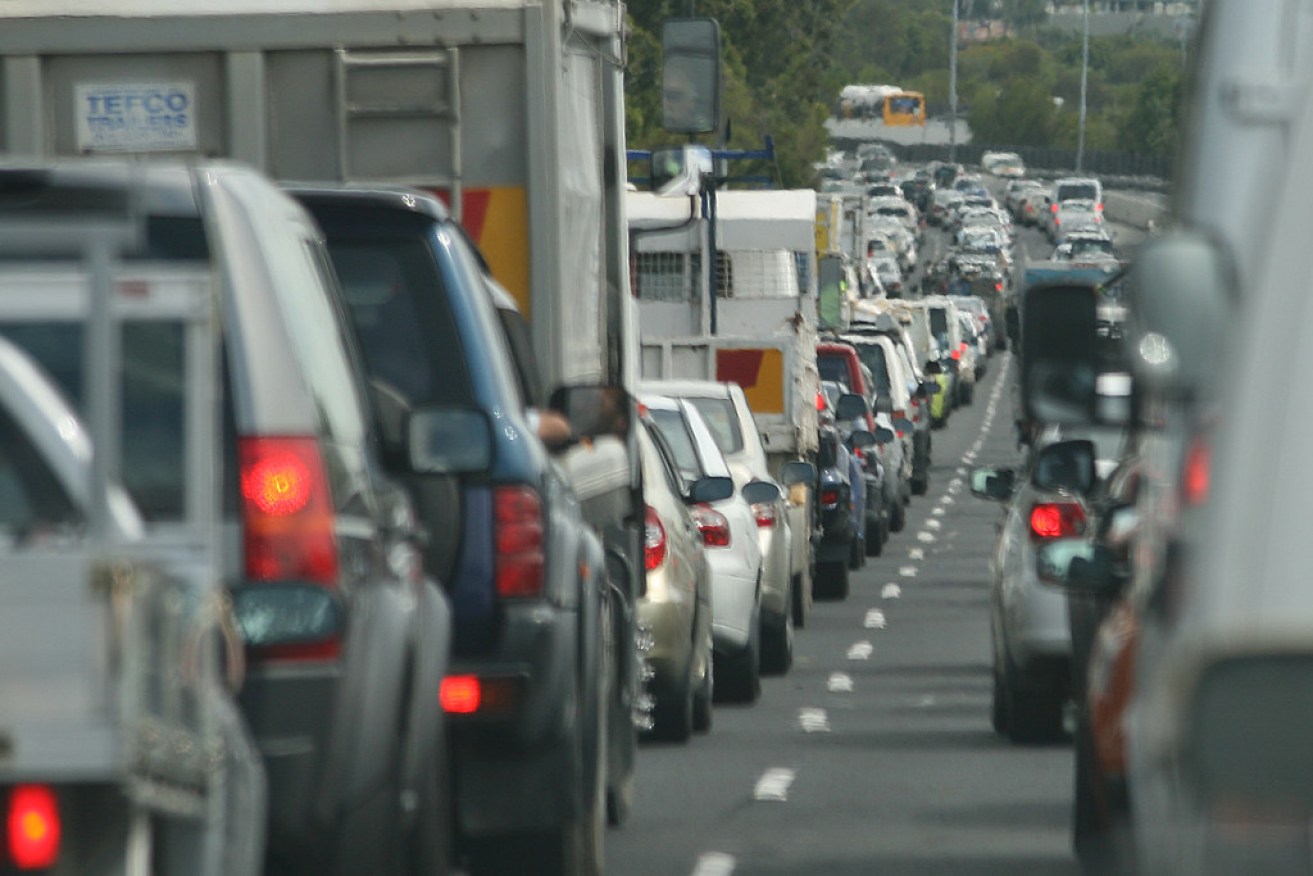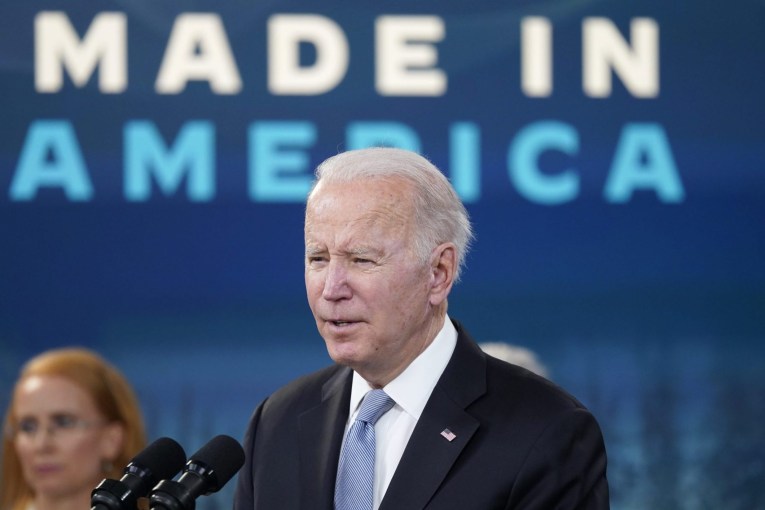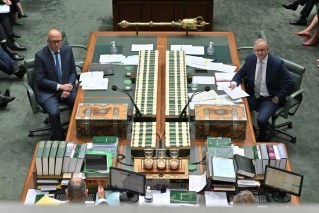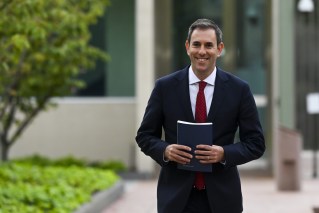How Queensland’s diversity could be our greatest weapon against housing woes
As Queensland battles a housing affordability and rental availability crisis, the answers might be closer at hand than you think, writes Steve Greenwood.

The cost of the commute is the reason many won't return to the office (photo: ABC)
Southeast Queensland’s population growth forecasts are quite staggering. Recent work undertaken by the federal government estimates that its population will grow from 3.8 million residents in 2020 to 5.44 million in 2041. An increase of 43.3 per cent in 20 years. That is a lot of people.
And there is a very good likelihood that the global spotlight of the 2032 Olympics will further turbocharge the migration of people from around the world, attracted to our exceptional lifestyle and investment opportunities.
Queensland’s current housing affordability and availability challenge is the symptom of an issue that is years in the making, and one that will take radical and sustained government intervention at all levels to address, working with business, industry, and the broader community. Like the energy challenges that we currently confront, the solution will be multi-pronged; there will be no silver bullet.
Higher density living is one part of the solution and a policy that has been pursued for many decades. Of course, there are also a range of negative externalities in higher density living. These challenges are never more evident than in Melbourne and Sydney and include the challenges of getting around, and the cost of housing, with unaffordability now one of the major challenges facing living in these cities. Queensland is no different.
Do we want Brisbane and its surrounding satellite cities to go the same way as Sydney and Melbourne? Or do we do something different, something very Queensland, something that addresses the high-density challenges?
Do we want our future settlement patterns to be left to chance or do we want to set about planning and attracting people to where they will have the best “Queensland” lifestyle available to them?
Ever the lucky State, Queensland has a unique structural advantage that we could leverage to not only address housing affordability challenge, but also magnify the underlying strength that is Queensland – our large regional cities and centres.
Very different from the city-states of Victoria and New South Wales, Queensland has large established urban centres along its coast, as well as several larger inland cities and towns.
Queensland’s regional cities have existing large investments in quality infrastructure. Most already have good quality service infrastructure like water, waste, electricity, energy and transport as well as comprehensive community services including health, education, aged care and social networks and a sense of community that is often the envy of capital city residents.
We have the opportunity to invest in, encourage and attract future residents to these centres. We have the opportunity for the centres to be the future homes of our children and grandchildren.
In short, we have the opportunity for future Queenslanders to live, work and play in areas outside Brisbane, with lifestyles and work opportunities and life satisfaction levels that, as a whole, would be unavailable to them should we continue to resign ourselves to a path of replicating the large urban conurbations of Sydney and Melbourne.
Of course, people cannot be forced to live where they don’t want to live. Numerous efforts by governments at all levels have tried this over the years. Their approach has been to attempt to move public sector jobs from city centres to regional areas. They have all failed and failed badly. Moving public servants into the regions is not the answer to regionalisation.
People move to places that they are attracted to. The factors of attraction are many and varied however the wants and needs of people and where they live can be defined with a focused effort.
While not trying to oversimplify a complex decision-making tree, some of the key determinants of where people live include: whether they can get a job; whether housing is affordable; whether their families are safe, secure and have access to good quality health and education opportunities. Where they have or can build strong social connections and a sense of community. Where they feel connected and part of the community, and where they connect with and travel to other parts of Queensland and Australia.
Settlement policy, or influencing where people can live, is about and always has been about attraction and opportunity. People naturally move to areas that attract them. It sounds simple but it is a driver that many governments have failed to understand.
So, what do we do? How do we we want Queensland regions to expand? Do we want people to be attracted to our regional cities like Cairns, Townsville, Mackay, Rockhampton, Gladstone, Bundaberg, Toowoomba, Emerald and the smaller settlements in between?
Do we want to try and retain the lifestyle advantages that already exist in Brisbane, or do we continue down the path of Sydney and Melbourne toward higher density living? Or do we want to try for a considered and measured long-term approach whereby we double-down on our massive investments that exist in our regional centres?
Do we choose a future where we actively and positively invest in our regions so that future Queenslanders have the option of highly rewarding and highly satisfying lives no matter what region they choose, be it Far North Queensland, North Queensland, Central Queensland, Western Queensland or Southeast Queensland?
The next few years offers us the opportunity to make this very decision. We can demonstrate and lead Australia in the development of a new Policy for Regional Population Attraction. We can avoid the mistakes and learn the lessons most clearly evidenced in both New South Wales and Victoria, and indeed many, many places overseas.
Now is the time to have that considered discussion on the development of a Regional Population Attraction Policy; a policy that the QFI believes will prove to be one of the most influential determinants of Queensland’s future prosperity.
Steve Greenwood is CEO of the social and business think-tank Queensland Futures Institute. He has also worked extensively in regional councils.









